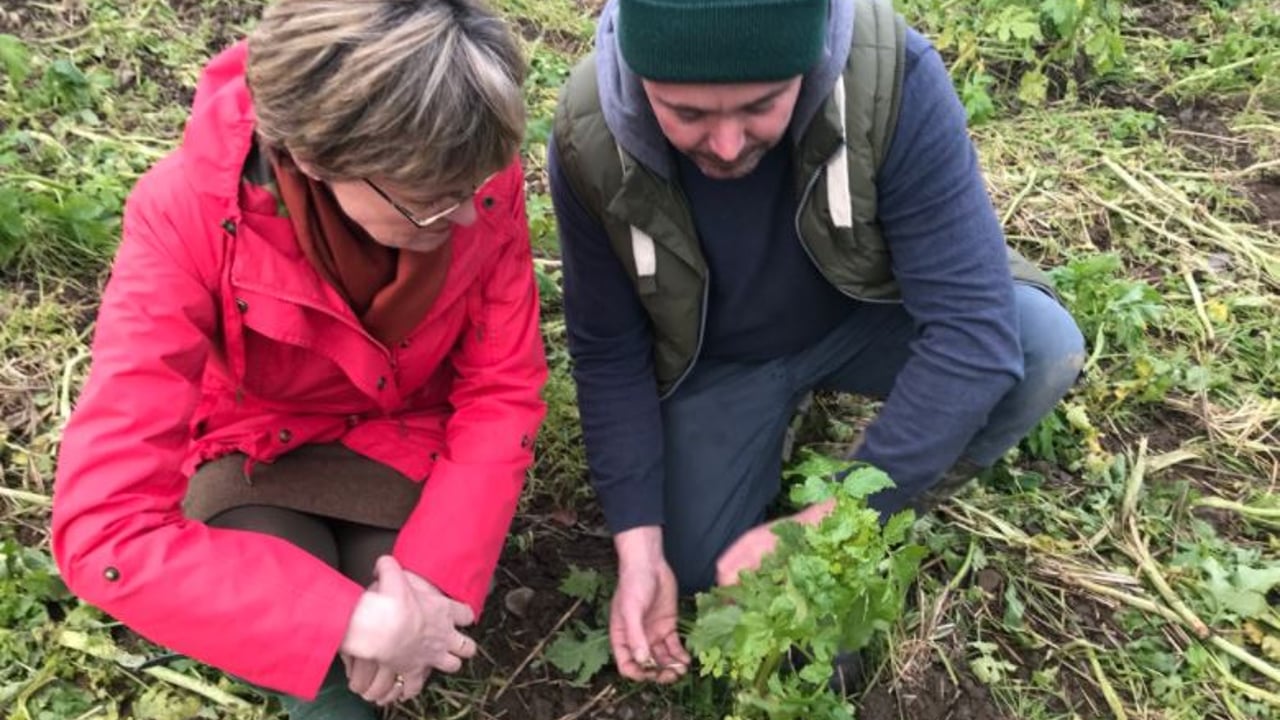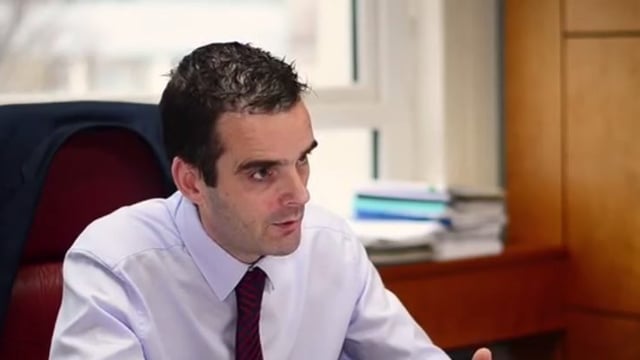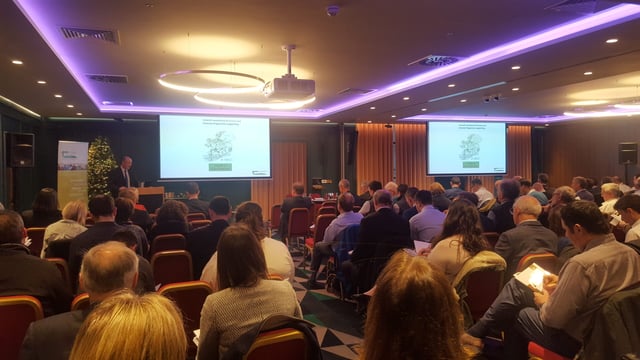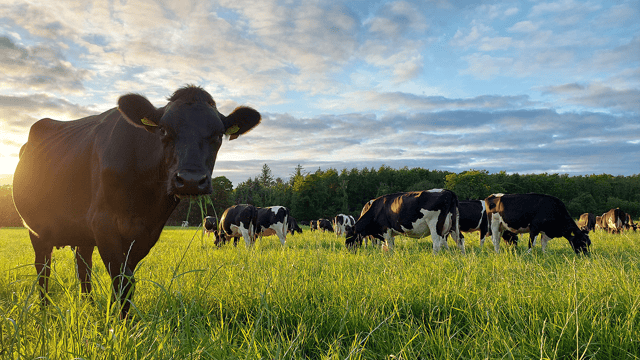Today is World Soil Day - look after it
December 5 marks World Soil Day. Organised by the United Nations, the theme of this year’s World Soil Day is: ‘Be the solution to soil pollution’.
A total of 33% of soils are moderately to highly degraded and, according to the United Nations, there are only 60 years of viable top soil left in the world.
In recent times soil has become a hot topic in this country. Tillage farmers in particular are becoming more and more proactive in minding their soils.
Minimum-tillage practices, as well as cover cropping and the use of organic manures, have all increased in use in the past number of years. However, there is still plenty of work to be done.
Livestock farmers
Livestock farmers have been shown to have poor soil fertility levels.
Cover cropping
Speaking at a Drummonds’ Open Day in September, John Geraghty – a lecturer in Land Management in Waterford Institute of Technology (WIT) – stated that payments under the Green, Low-Carbon Agri-Environment Scheme (GLAS) have helped to increase the area of these cover crops that are planted.
“There were never more than 90 farmers that participated in the REPS or AEOS schemes that selected the cover crop option.
“Today, instead of 90 farmers growing cover crops, we have over 1,700 farmers growing cover crops. The total area is just short of 24,000ha; that’s 60,000ac.
It’s the fourth largest area of crops being grown in the country.
“It shows you the impact that GLAS one, two and three had in terms of getting farmers to adopt; part of the reason is that the payment is now €155/ha,” John added.
Look after your soil
Soil is an amazing resource and should be looked after.
At the recent Biological Farming Conference held by the National Organic Skillnet Fiona Brennan of Teagasc told the attendance: “About 95% of all food comes from soil, but this is actually just one of a whole range of functions that soil provides for agriculture and also to the broader society.”
Fiona described the diverse range of biology in soil and the different jobs it has. She explained that the microbes in the soil range from the very microscopic – that can only be seen under a microscope – up to nematodes and protozoa; and then to visible organisms like earthworms, ants and wood lice.
There are more organisms in a tablespoon of soil than there are people on the planet.
Fiona added that only about 1% of soil microbes have been identified.
“These microbes vary between soil types, textures, pH and soil organic matter. However, there are a few facts that ring through across these soils and soil microbes.”





